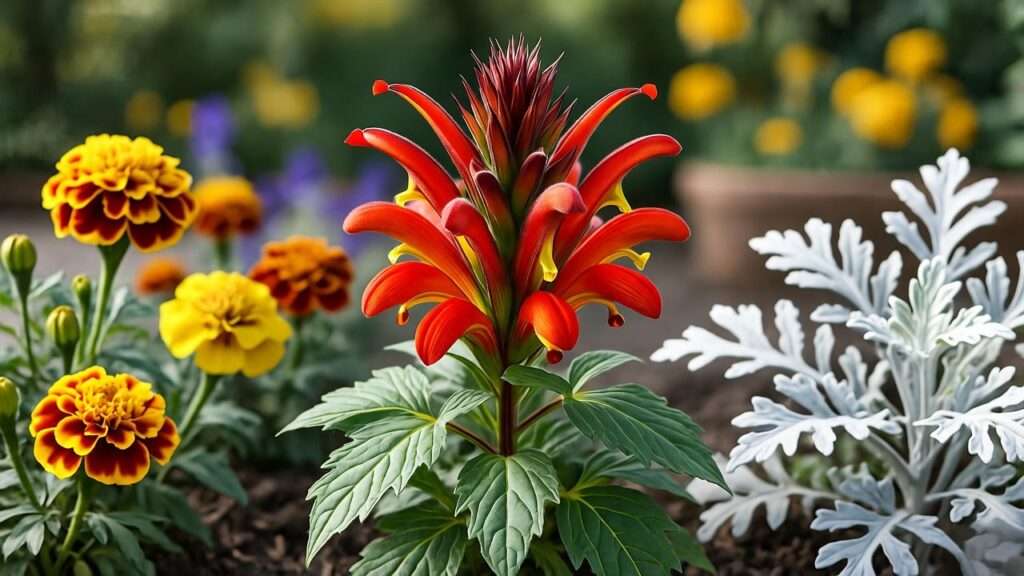Imagine a plant that sets your garden ablaze with fiery red blooms, turning heads and sparking joy all summer long! The Dragon’s Breath plant, known scientifically as Celosia spicata, is a showstopper that delivers vibrant color with minimal effort. Whether you’re a beginner or a seasoned gardener, this guide will equip you with expert tips to grow and care for the Dragon’s Breath plant successfully. As a horticulturist with over a decade of experience, I’ve seen this celosia transform gardens into stunning displays. From planting to troubleshooting, this comprehensive guide covers everything you need to make your Dragon’s Breath thrive. Let’s dive into creating a fiery masterpiece in your garden! 🌺
What is the Dragon’s Breath Plant? 🌟
Overview of the Dragon’s Breath Plant
The Dragon’s Breath plant, a member of the Celosia genus in the Amaranthaceae family, is celebrated for its intense red, feathery flower heads that resemble flickering flames. This compact annual (or perennial in warm climates) grows 12–18 inches tall, with vibrant green or reddish foliage that complements its bold blooms. Native to tropical regions, it’s a favorite in temperate gardens for its long-lasting color and adaptability.
Key Characteristics of the Dragon’s Breath Plant
- Bloom Time: Summer to fall, offering months of vivid color.
- Growth Habit: Upright and bushy, perfect for borders, containers, or mass plantings.
- Unique Appeal: Its fiery blooms attract pollinators like bees and butterflies 🦋, while its drought tolerance makes it ideal for low-maintenance gardens.
This plant’s striking appearance and versatility make it a go-to choice for gardeners seeking to elevate their landscapes.
Why Choose the Dragon’s Breath Plant for Your Garden? 🌼
Benefits of Growing Dragon’s Breath
The Dragon’s Breath plant is a game-changer for gardeners. Its benefits include:
- Bold Aesthetics: The fiery red blooms create a dramatic focal point in any garden.
- Low Maintenance: Thrives with minimal care, perfect for busy gardeners.
- Heat and Drought Tolerance: Flourishes in hot, sunny conditions, making it ideal for summer landscapes.
- Versatility: Shines in containers, borders, or as a standalone feature.
Environmental and Aesthetic Value
Beyond its beauty, the Dragon’s Breath plant supports garden biodiversity by attracting pollinators. Its heat resistance makes it a sustainable choice for regions facing rising temperatures. Plus, its long blooming season ensures your garden stays vibrant from summer through fall.
How to Plant the Dragon’s Breath Plant 🌱
Step-by-Step Planting Guide
Choosing the Right Location
To unlock the Dragon’s Breath plant’s full potential, plant it in a spot with:
- Full Sun: At least 6 hours of direct sunlight daily for optimal growth and color intensity.
- Well-Draining Soil: Prefers loamy, fertile soil but tolerates poorer conditions.
- Hardiness Zones: Grown as an annual in zones 2–9; perennial in zones 10–11.
When to Plant
- Outdoor Planting: After the last frost in spring, when soil temperatures reach 60°F (15°C).
- Indoor Seed Starting: Begin 6–8 weeks before the last frost for a head start.
Planting Process
- Seeds vs. Nursery Plants:
- Seeds: Affordable and rewarding but require patience (germination takes 7–14 days).
- Nursery Plants: Faster results; ideal for beginners.
- Soil Preparation: Enrich soil with compost or organic matter for a nutrient boost.
- Spacing: Plant 10–12 inches apart to ensure good air circulation and prevent overcrowding.
- Planting Depth: Sow seeds ¼ inch deep; for transplants, keep the root ball level with the soil surface.
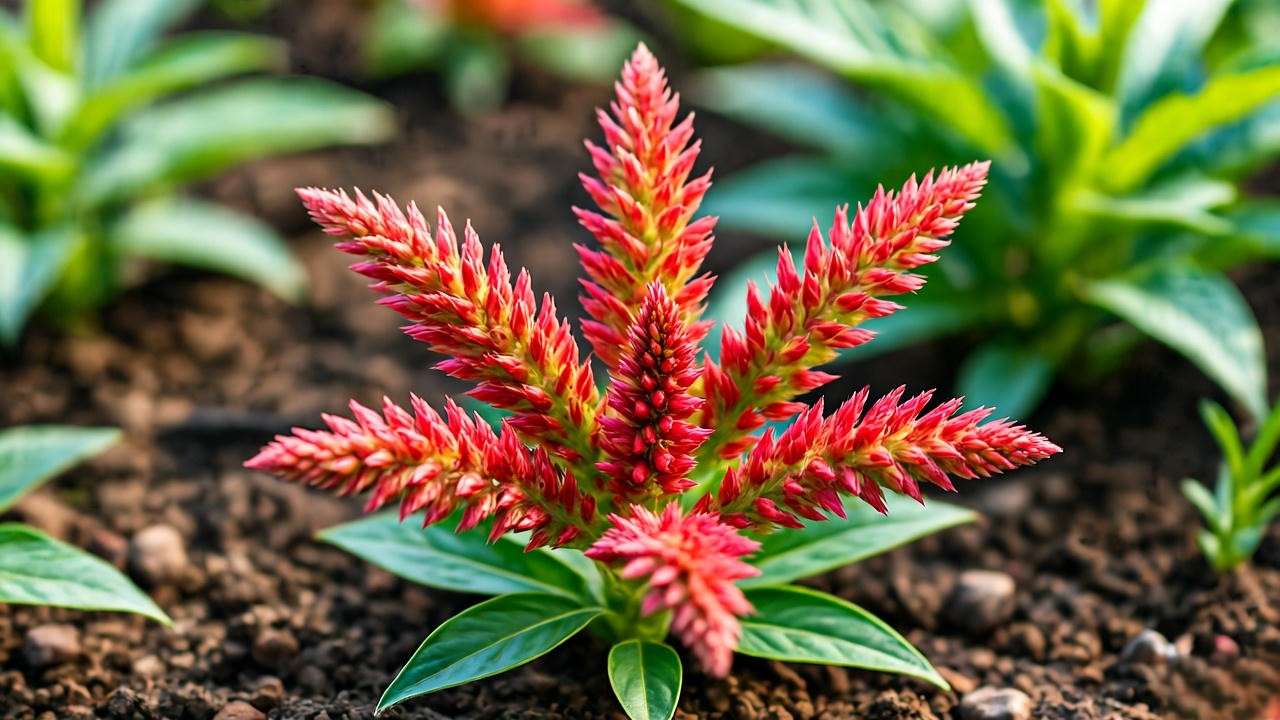
Expert Tip: Soak seeds in warm water for 24 hours to boost germination rates! 💧
Caring for Your Dragon’s Breath Plant 🌿
Essential Care Tips for Thriving Plants
Watering Needs
- Water moderately, allowing the soil to dry slightly between sessions.
- Avoid overwatering to prevent root rot, especially in heavy soils.
- Once established, the plant is drought-tolerant but benefits from consistent moisture for vibrant blooms.
Fertilizing
- Apply a balanced, water-soluble fertilizer (e.g., 10-10-10) every 4–6 weeks during the growing season.
- Over-fertilizing can lead to leggy growth, so follow package instructions carefully.
Pruning and Deadheading
- Pinch back young plants to encourage bushier growth.
- Remove spent blooms regularly to extend the flowering period.
- Trim any leggy stems to maintain a tidy appearance.
Sunlight and Temperature
- Thrives in temperatures between 65–85°F (18–29°C).
- Protect from frost by bringing container plants indoors or covering outdoor plants in cooler climates.
Seasonal Care Tips
Summer Care
- Monitor for pests like aphids or spider mites; treat with neem oil if needed.
- Apply a light layer of mulch to retain moisture and suppress weeds.
Winter Care (Zones 10–11 or Indoors)
- Reduce watering, keeping soil barely moist.
- For indoor plants, place in a sunny window and maintain temperatures above 60°F (15°C).
Common Problems and Solutions 🛠️
Troubleshooting Dragon’s Breath Plant Issues
Pests and Diseases
- Common Pests: Aphids, spider mites, and whiteflies can occasionally affect the plant.
- Solution: Use insecticidal soap or neem oil; introduce beneficial insects like ladybugs 🐞 for natural control.
- Fungal Issues: Powdery mildew may occur in humid conditions with poor air circulation.
- Solution: Ensure proper spacing and avoid overhead watering.
Growth Problems
- Leggy Growth: Caused by insufficient sunlight or excess fertilizer. Move to a sunnier spot or reduce feeding.
- Fading Blooms: Often due to inadequate sunlight or nutrient deficiency. Ensure 6+ hours of sun and fertilize appropriately.
- Wilting: Check for over- or under-watering; adjust watering schedule and ensure proper drainage.
Expert Insight: “In my experience, most Dragon’s Breath issues stem from poor drainage or insufficient sunlight. Prioritize well-draining soil and full sun exposure for healthy plants!” 🌞
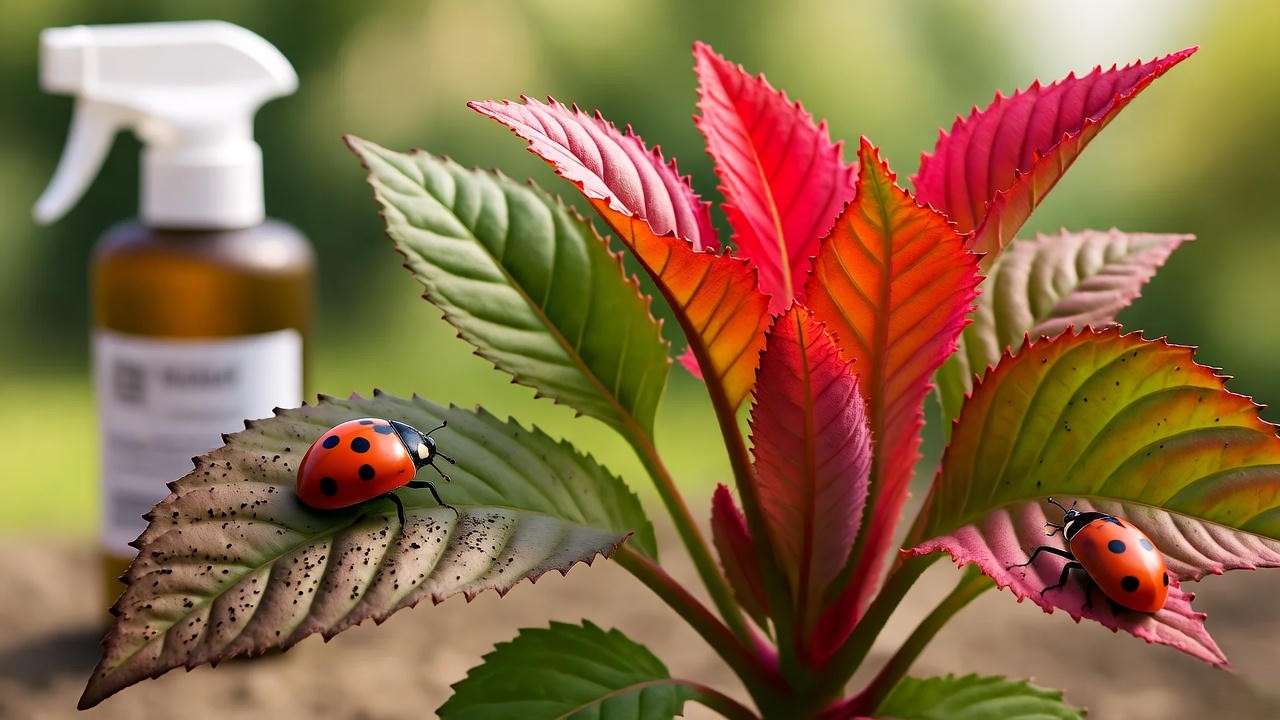
Creative Ways to Use Dragon’s Breath in Your Garden 🎨
Design Ideas for Maximum Impact
Container Gardening
- Pair Dragon’s Breath with contrasting plants like dusty miller or purple fountain grass for stunning patio displays.
- Use in hanging baskets for a cascading effect that wows visitors.
Landscape Design
- Create bold borders or mass plantings for a fiery, cohesive look.
- Combine with cool-toned plants like blue salvia or lavender for a balanced color palette.
Companion Planting
- Best companions: Marigolds, zinnias, or petunias for a vibrant summer garden.
- Avoid shade-loving plants, as Dragon’s Breath craves full sun.
Tip: Use Dragon’s Breath as a centerpiece in mixed planters for a show-stopping focal point! 🌟
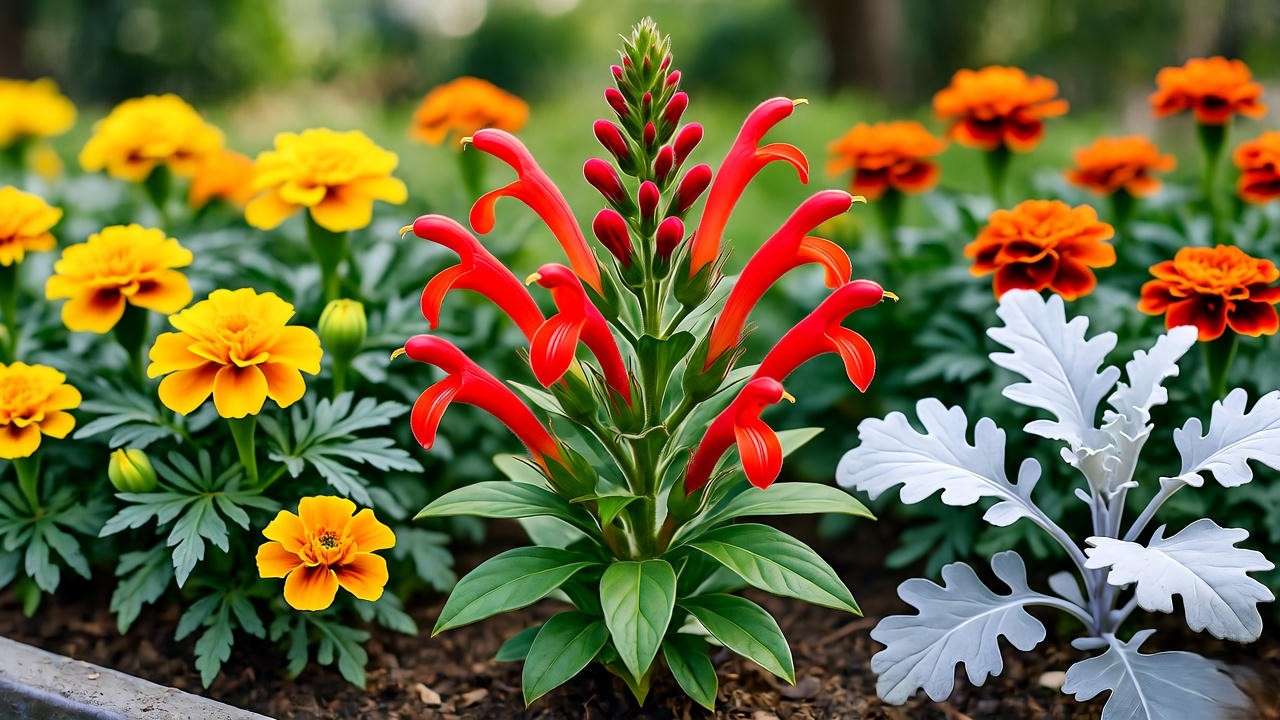
Propagating the Dragon’s Breath Plant 🌱
How to Propagate for More Plants
Expanding your collection of Dragon’s Breath plants is both easy and rewarding. Propagation allows you to create new plants for free, ensuring your garden stays vibrant year after year. Here’s how to do it:
Seed Collection and Sowing
- When to Collect: In late fall, after the blooms fade, allow flower heads to dry on the plant. The tiny black seeds will be ready for harvest.
- How to Collect: Gently shake or cut dried flower heads into a paper bag to collect seeds. Store in a cool, dry place until spring.
- Sowing Seeds: Start seeds indoors 6–8 weeks before the last frost. Sow ¼ inch deep in seed-starting mix, keep soil moist, and maintain temperatures around 70–75°F (21–24°C). Expect germination in 7–14 days.
- Expert Tip: Label seed packets with the collection date to ensure viability. Seeds stored properly can remain viable for up to 3 years! 📅
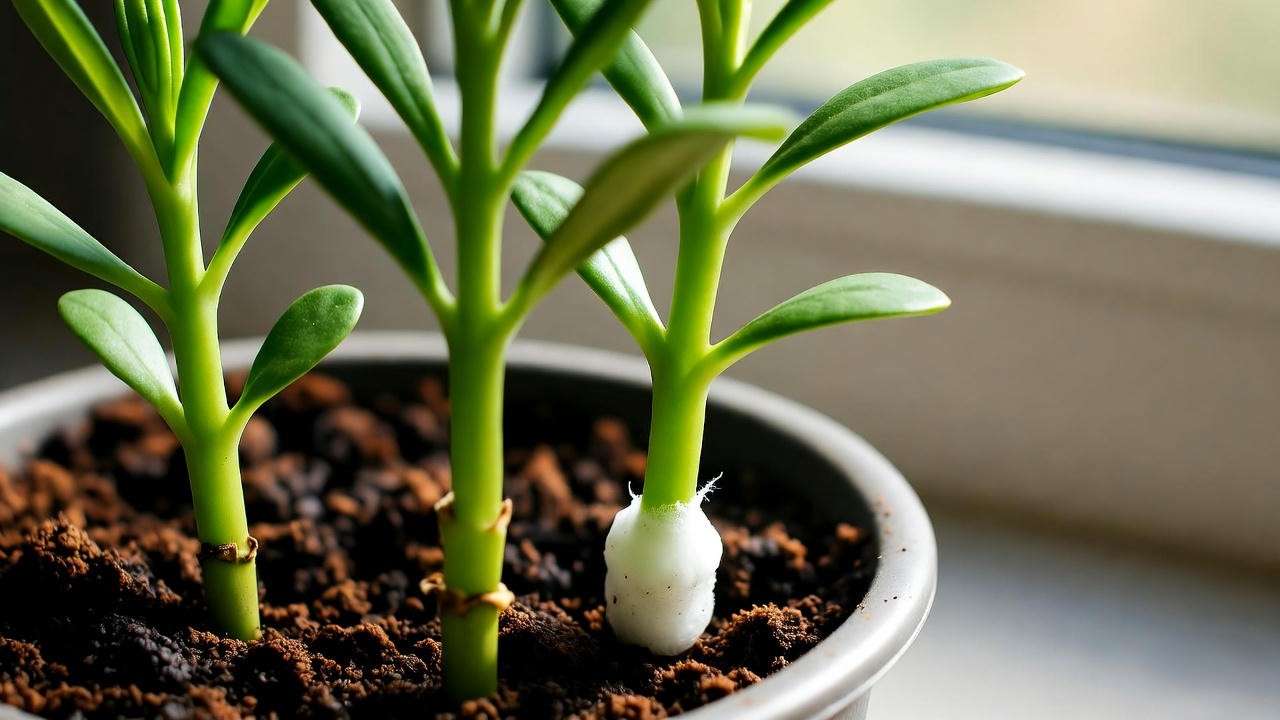
Cuttings (Less Common)
- When to Take Cuttings: Late summer is ideal for taking 4–6 inch stem cuttings from healthy, non-flowering shoots.
- How to Root:
- Remove lower leaves and dip the cut end in rooting hormone.
- Plant in a moist mix of perlite and peat or root in water.
- Place in a warm, bright location (avoid direct sun) and keep the medium moist.
- Roots should form in 2–3 weeks; transplant once rooted.
- Pro Tip: Use a clear plastic cover to maintain humidity while rooting, but ensure ventilation to prevent mold.
Propagation is a cost-effective way to multiply your Dragon’s Breath plants, perfect for sharing with fellow gardeners or expanding your display.
Environmental Benefits and Sustainability 🌍
Why Dragon’s Breath is Eco-Friendly
The Dragon’s Breath plant isn’t just a visual delight—it’s a sustainable choice for eco-conscious gardeners. Here’s why:
- Pollinator Support: Its vibrant blooms attract bees, butterflies, and other pollinators, boosting garden biodiversity and supporting local ecosystems 🦋.
- Low Water Needs: Once established, its drought tolerance makes it ideal for water-saving gardens or xeriscaping, reducing your environmental footprint.
- Minimal Chemical Inputs: The plant’s natural pest resistance means fewer pesticides, promoting a healthier garden environment.
- Easy Propagation: Collecting seeds or taking cuttings reduces the need to purchase new plants, supporting sustainable gardening practices.
By choosing Dragon’s Breath, you’re not only enhancing your garden’s beauty but also contributing to a greener planet. Its adaptability to hot climates makes it a smart choice as temperatures rise due to climate change.
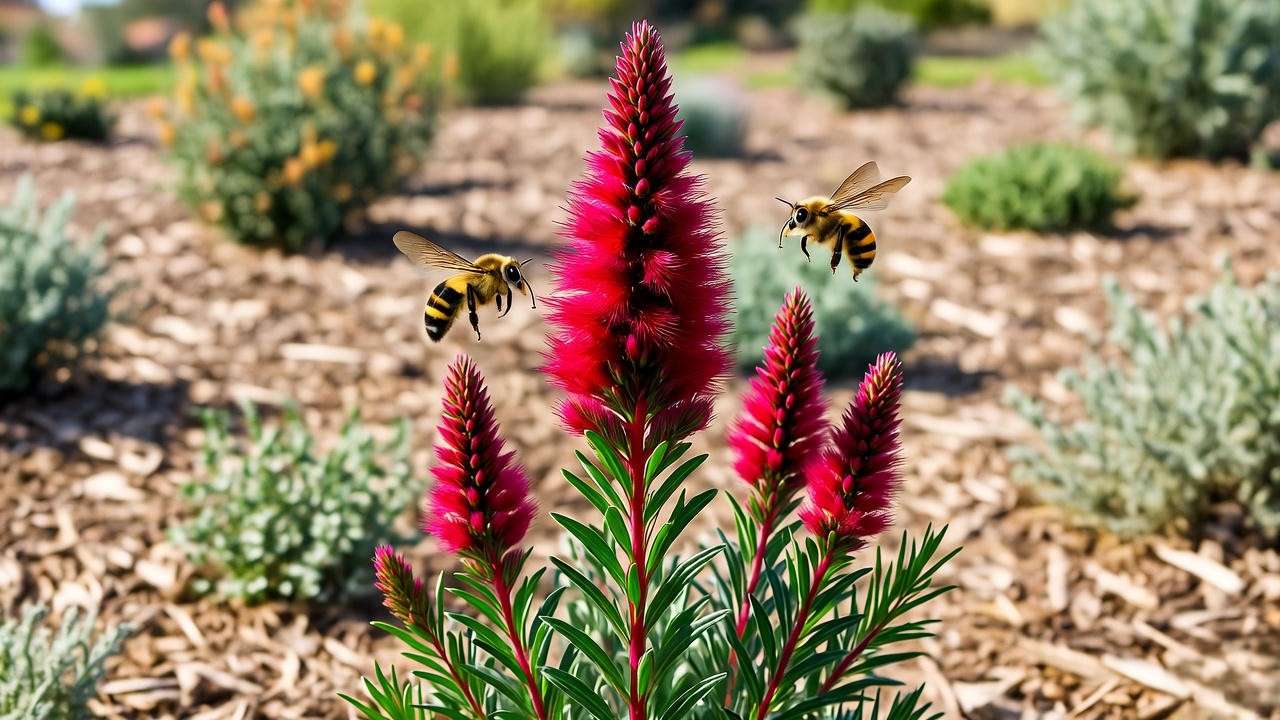
FAQs About the Dragon’s Breath Plant ❓
Frequently Asked Questions
To address common queries and ensure your success with the Dragon’s Breath plant, here are answers to the most frequently asked questions:
- Is the Dragon’s Breath plant annual or perennial?
It’s grown as an annual in most climates (zones 2–9) but can be a perennial in frost-free zones 10–11. In colder regions, treat it as an annual or overwinter indoors. - Can I grow Dragon’s Breath in containers?
Absolutely! It thrives in pots with well-draining soil and full sun. Ensure containers have drainage holes to prevent waterlogging. - Why are my Dragon’s Breath blooms fading?
Fading blooms are often due to insufficient sunlight (less than 6 hours daily) or nutrient deficiency. Move to a sunnier spot and fertilize with a balanced 10-10-10 fertilizer every 4–6 weeks. - Is Dragon’s Breath toxic to pets?
Good news—it’s non-toxic to cats and dogs! However, discourage ingestion, as it may cause mild stomach upset in large quantities. - How do I overwinter Dragon’s Breath?
In zones 10–11, reduce watering and mulch to protect roots. In colder climates, bring potted plants indoors to a sunny window or treat as an annual and replant yearly.
These FAQs address common pain points, ensuring gardeners of all levels can grow Dragon’s Breath with confidence.
Conclusion: Bring Fiery Beauty to Your Garden with Dragon’s Breath 🌺
The Dragon’s Breath plant is a gardener’s dream: a low-maintenance, vibrant addition that delivers fiery color and ecological benefits. Whether you’re planting it in borders, containers, or as a standalone star, this celosia will elevate your garden with minimal effort. With the expert tips in this guide—covering planting, care, troubleshooting, and design—you’re equipped to make your Dragon’s Breath thrive. As a horticulturist with over 10 years of experience, I can assure you that this plant’s bold beauty and easy care make it a must-have for any garden! 🌟
Ready to ignite your garden? Try one of the design ideas, like pairing Dragon’s Breath with marigolds for a vibrant border, or share your success stories in the comments below. For more plant care inspiration, check out our guides on low-maintenance annuals or drought-tolerant gardening!

